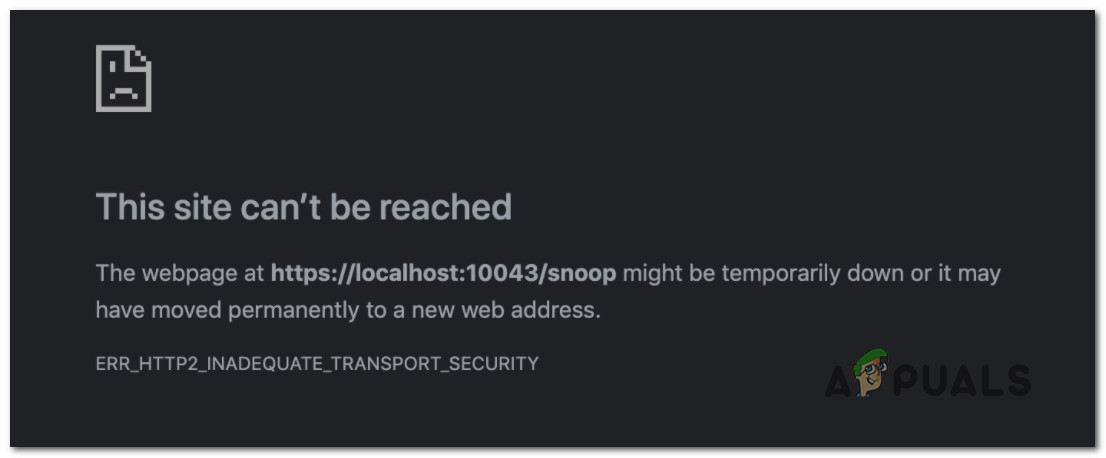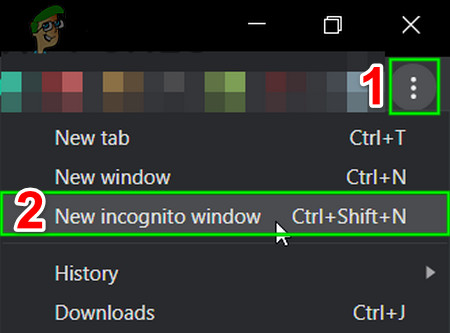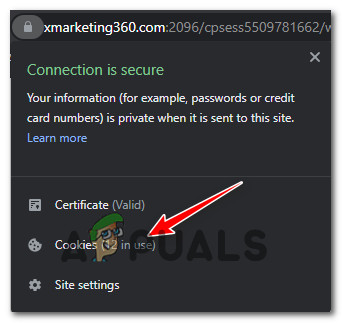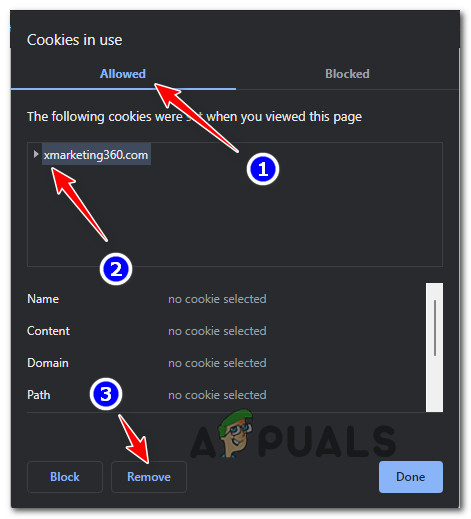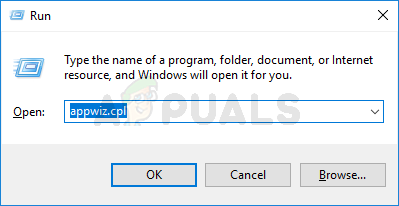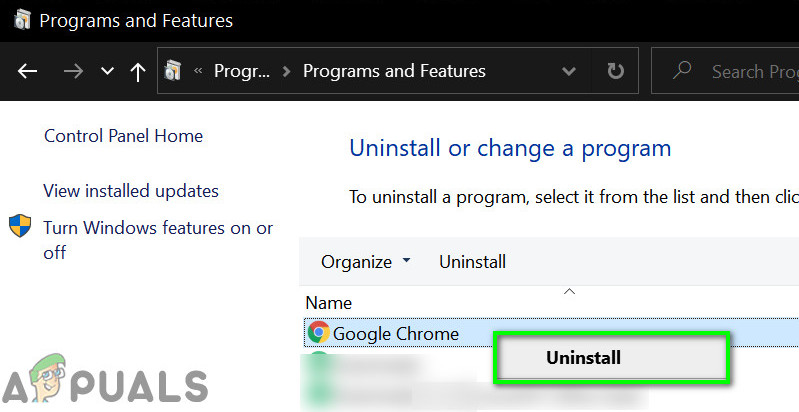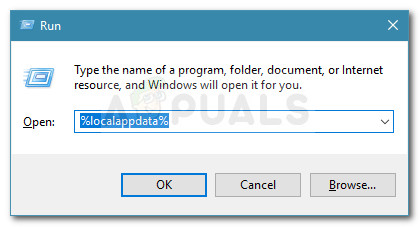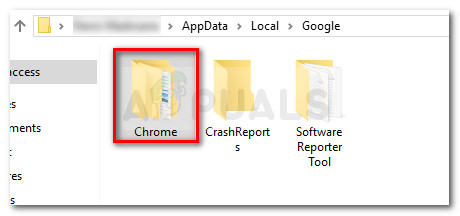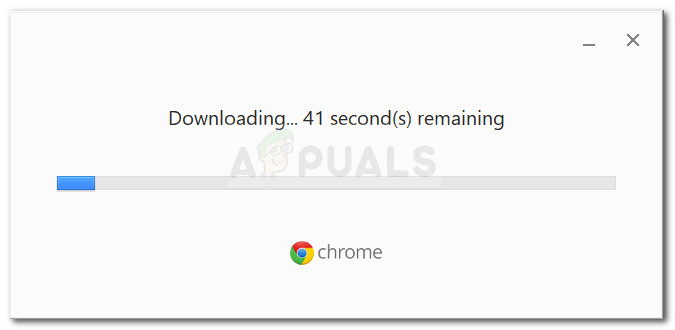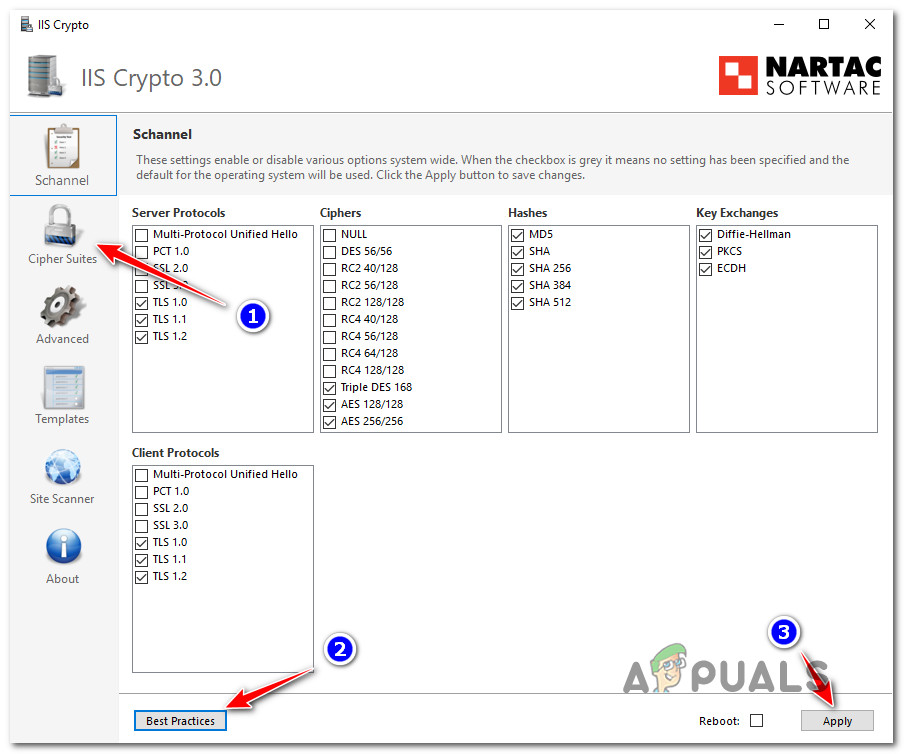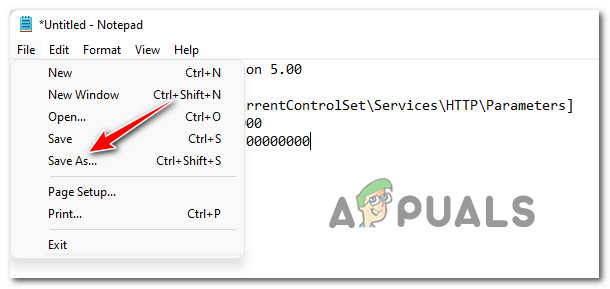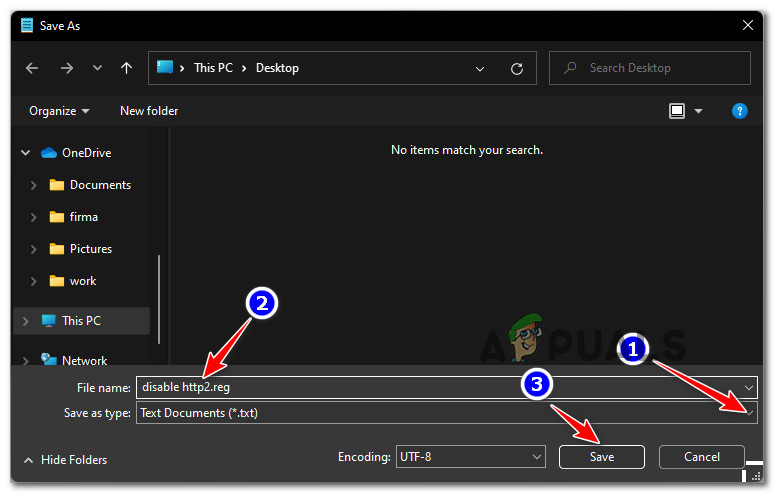After we’ve investigated this issue thoroughly, we realized that there are actually multiple causes that might be responsible for the apparition of the ‘ERR_HTTP2_INADEQUATE_TRANSPORT_SECURITY’ error. Here’s a shortlist of potential culprits that might trigger this error on a Windows or Windows server installation: Now that we went over every potential reason why Google Chrome might flash the ‘ERR_HTTP2_INADEQUATE_TRANSPORT_SECURITY’ error when you attempt to facilitate a connection with certain servers, here’s a list of verified fixed that other affected users have successfully used to get to the bottom of this issue.
Clear Chrome’s Cookies
As it turns out, a badly saved cookie can be responsible for the apparition of the ERR_HTTP2_INADEQUATE_TRANSPORT_SECURITY error. It’s not that uncommon to see this message when you’re trying to connect to a CA server via HTTPS on a Windows Server installation. Fortunately, there’s an easy way of checking if a bad cookie is responsible for this error – facilitating the same connection using incognito mode. To do this, open Google Chrome and click on the action button (top-right corner), then click on New Incognito Window. Once you’ve successfully opened an Incognito window in Chrome, try facilitating the same kind of connection and see if the ERR_HTTP2_INADEQUATE_TRANSPORT_SECURITY error is resolved. If the error message doesn’t return, you’ve just confirmed that you’re actually dealing with a cookie issue. In this case, follow the instructions below to remove the dedicated bad cookie in order to fix the ERR_HTTP2_INADEQUATE_TRANSPORT_SECURITY error: Note: If the same error message pops up even when you’re in Incognito Mode, skip the steps below and move directly to the next method. If the same kind of issue (ERR_HTTP2_INADEQUATE_TRANSPORT_SECURITY error) is still occurring, move down to the next potential fix below.
Update Google Chrome to the latest version
First things first, you’ll need to make sure that you’re using the latest public release of Google Chrome. This is especially important if you’re experiencing the issue on a Windows Server installation while attempting to connect to a CA server configured with HTTPS. As it turns out, the reason why you’re seeing the ERR_HTTP2_INADEQUATE_TRANSPORT_SECURITY error is most likely because of some security mechanisms that were not implemented yet with your Google Chrome version. Several affected users that we’re dealing with the same kind of issue have confirmed that the problem was fixed entirely after they’ve updated Google Chrome to the latest version available. However, since the auto-updating function is sketchy on Windows Server, our recommendation is to begin by uninstalling Google Chrome and clearing the remnant files before installing the latest available public build from scratch. Here’s what you need to do: If the same kind of issue is still occurring, move down to the next potential fix below.
Disable HTTP/2 or Disable Weak Cipher suites
If you’re encountering the ERR_HTTP2_INADEQUATE_TRANSPORT_SECURITY error in Google chrome immediately after upgrading to Windows Server from an IIS web server, you’re probably seeing this error because Windows Server turns HTTP/2 on by default and tends to fall back to the older HTTP/1.1 if HTTP/2 is not supported. This is good for security, but HTTP/2 has much stricter requirements than HTTP/1.1 and Windows Server 2016 is notoriously known for trying to establish an HTTP/2 session with the browser even when the server is configured with weaker SSL ciphers that aren’t supported by HTTP/2. If you find yourself in this particular scenario, you have two ways forward: Regardless of the route you need to take, we’ve created a series of sub guides that will walk you through both potential scenarios. Follow the guide that’s applicable to your particular scenario.
Disable the Weak Cipher Suites
You can disable these cipher suites manually, but there’s really no need to overcomplicate things when you can use this utility called IISCrypto. In IISCrypto version 3.0, you can use the Best Practices button to automatically disable every insecure protocol together with weaker cipher suites. Do this by selecting Cipher Suites from the vertical menu on the left, then clicking on Best Practices. After you do this, hit Apply to enforce the changes, then reboot your Windows Server installation to allow the changes to take effect. Note: If you’re an advanced Windows Server user, you can also fine-tune these cipher suites manually via IISCrypto.
Disable HTTP/2 on Windows Server
If you decide that disabling HTTP/2 in IIS on Windows Server is a worthy compromise, you can do it by adding just two DWORD registry keys. Whether you should apply this particular fix or not depends on your particular scenario and the number of protocols affected by disabling HTTP/2. If you decide to go through with it, the easiest way to do it is to create a .reg file via an elevated Notepad window. Follow the instructions below to create a .REG file capable of disabling HTTP/2 on a Windows Server 2016 installation: Note: If you decide to enable HTTP/2 at a later time, return to the location of these two registry keys and change their value to 1 instead of 0.
Check the Google Chrome Version and the Last Time Chrome UpdatedFix Google Chrome Update Error (Error Code - 7 : 0x80040801)How to Fix Error Code: HTTP Error 431 on Google Chrome?How to Fix ‘Sub-process /usr/bin/dpkg returned an error code (1)’ Error while…
